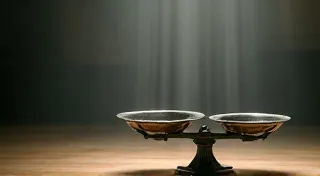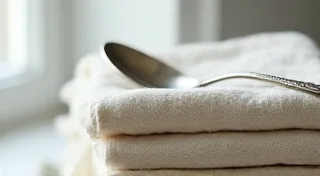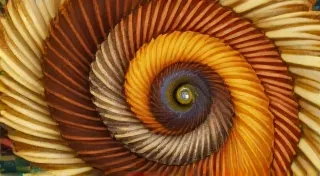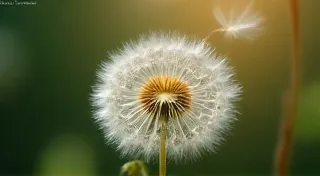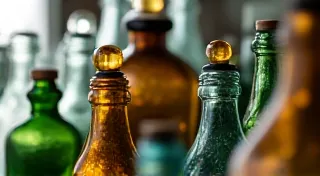Watermelon's Symphony: The Role of Pollinators in Fruit Development
There's a certain romance to heirloom gardening, isn’t there? A longing for flavors lost to modern convenience, a connection to generations who nurtured these varieties before us. Think of an antique accordion – its bellows a testament to craftsmanship, its keys whispering stories of dance halls and celebrations long past. Like those accordions, heirloom watermelons carry a history, a legacy passed down through careful selection and the enduring partnership with the natural world. This isn't simply about growing fruit; it’s about participating in a timeless collaboration, a subtle, vital symphony played out in our gardens.
Most of us, when we envision a watermelon patch, think of sprawling vines and the anticipation of that first juicy slice. But behind every perfect watermelon lies a delicate and often overlooked relationship: the partnership between the watermelon plant and its pollinators. This isn’t a mere transaction; it's a complex dance, a vibrant exchange that sustains these magnificent fruits. Understanding this dance is key to unlocking a truly bountiful harvest, especially when cultivating those treasured heirloom varieties.

The Historical Context: Watermelons and Early Cultivation
The story of the watermelon itself is captivating. Originating in Africa, these vines were cultivated for millennia before making their way to Europe and, eventually, the Americas. Early varieties were often smaller, paler, and less sweet than the watermelons we know today. Their cultivation was intertwined with the local environment and the pollinators available. Indigenous communities in Africa and the Americas relied on a diverse range of pollinators – bees, wasps, beetles, and even birds – to ensure successful fruit development. These weren't just sources of sustenance; they were integral parts of the ecosystem, shaping the evolution of both the plants and the pollinators themselves.
When heirloom varieties are brought back, we are not just reviving a taste of the past. We're also re-establishing that historical relationship with the pollinator community, acknowledging their essential role in bringing those unique flavors to our tables. Modern watermelons, bred for size, uniformity, and disease resistance, have often inadvertently reduced their attractiveness to pollinators. They're a bit like a beautifully designed, mass-produced instrument – functional, perhaps, but lacking the soul of an artisan's creation.
The Mechanics of Watermelon Pollination
Watermelons are monoecious plants, meaning they have separate male and female flowers. The male flowers, which appear first, produce pollen. The female flowers have a small, undeveloped fruit at their base – that’s what will become the watermelon we enjoy. Pollination occurs when pollen from the male flower is transferred to the stigma of the female flower. This is typically done by insects, primarily bees. Unlike some plants that self-pollinate, watermelons largely rely on external agents to facilitate this crucial step.
The efficiency of pollination directly impacts fruit set – the number of female flowers that develop into watermelons. Poor pollination leads to flowers dropping without producing fruit, resulting in a dishearteningly empty harvest. Think of an accordion player struggling to coax a melody from a neglected instrument – the potential is there, but the connection is broken.
Why Heirloom Watermelons are Particularly Vulnerable
Heirloom watermelon varieties, often treasured for their unique flavors and historical significance, can be more vulnerable to pollination issues. Many have been carefully bred for specific traits, sometimes at the expense of pollinator attractiveness. Their floral structures may be less appealing to bees, or their bloom times may not coincide with peak pollinator activity. The intense focus on specific characteristics – a particular rind pattern, a unique sweetness – can inadvertently diminish their allure to the creatures that ensure their survival.
Restoring heirloom varieties is more than just planting seeds; it’s about recreating the conditions that allowed them to thrive for generations. It's about recognizing that these plants aren't isolated entities but integral parts of a larger ecological network.

Attracting Pollinators to Your Watermelon Patch
Fortunately, there are several steps you can take to encourage pollinator activity in your watermelon patch:
- Plant a Pollinator-Friendly Garden: Surround your watermelon patch with a variety of flowering plants that bloom throughout the growing season. Choose a mix of colors and flower shapes to attract a diverse range of pollinators.
- Avoid Pesticides: Pesticides can be harmful to pollinators. Opt for organic gardening practices and use natural pest control methods.
- Provide a Water Source: Bees and other pollinators need water. Provide a shallow dish of water with pebbles or stones for them to land on.
- Consider Bee Hotels: Bee hotels provide nesting sites for solitary bees, which are excellent pollinators.
- Timing is Key: Pay attention to the bloom times of your watermelon varieties and the activity of local pollinators. If necessary, hand-pollinate female flowers to ensure fruit set. (This is less common but useful in areas with low pollinator populations).
The Symphony Continues…
Growing heirloom watermelons isn't just about cultivating a delicious fruit; it's about participating in a long and beautiful collaboration. It's a reminder that we are not separate from nature, but intricately connected to it. Like the craftsman carefully restoring an antique accordion to its former glory, we, as gardeners, can nurture these heirloom varieties, recreating the conditions that allow them to flourish and ensuring that their unique melodies continue to resonate for generations to come. The flavor isn’t just in the fruit; it’s in the relationship, the partnership, the symphony of life played out in our gardens.

